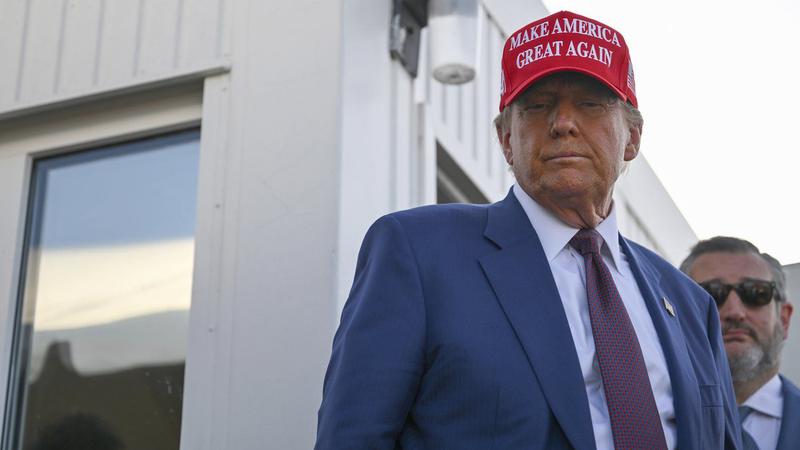
Sask. Chamber of Commerce calls for ‘strategic’ response to potential U.S. tariff
Commerce advisors say political leaders should prepare for the fallout if President-Elect Donald Trump’s tariffs are enacted. But with complex trade dynamics, it’s unclear if any strategy will benefit either country, let alone Saskatchewan.
Saskatchewan Chamber of Commerce CEO Prabha Ramaswamy said the results of a 25 per cent tariff on Canadian exports would increase business costs in Canada.
Saskatchewan’s $26.9 billion market would suffer, as 54 per cent of the province’s exports go stateside.
Determining the course of action for a trade overhaul is one thing, but whether it will happen at all is another to consider. Trump said he will implement the tariff on both Canada and Mexico on his first day in office. He said those tariffs will remain in place until both countries curb drug trafficking and illegal immigration into the U.S.


